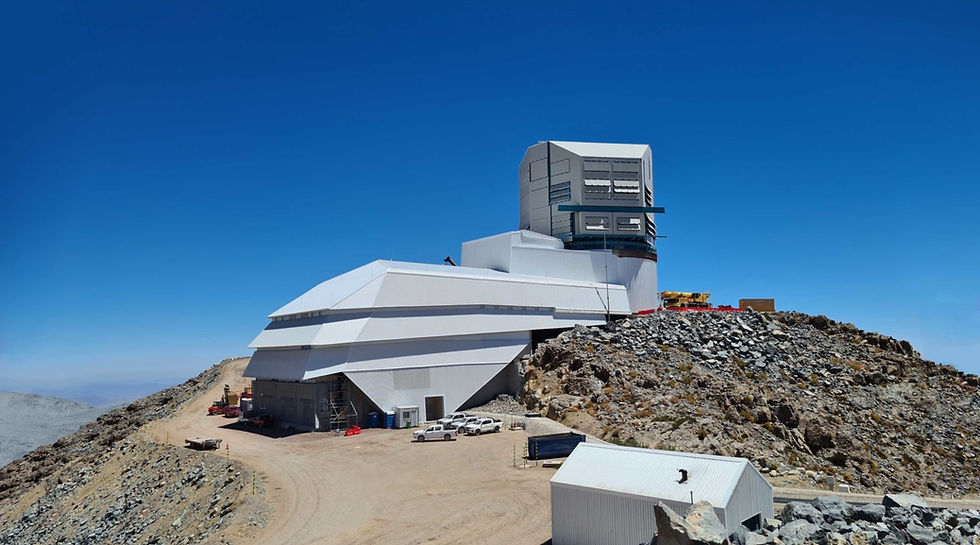Vera C. Rubin Observatory Unveils First Cosmic Images
- vidyarthee2021
- Jun 29
- 2 min read

The Vera C. Rubin Observatory in Chile has released its first images of the cosmos, marking a major milestone in astronomy. The observatory is set to transform our understanding of the universe’s structure, evolution, and dark matter.
About the Vera C. Rubin Observatory
Location: Cerro Pachón, Andes Mountains, Chile
Mission: Conduct the Legacy Survey of Space and Time (LSST) over 10 years
Named After: Vera C. Rubin, the astronomer who provided the first strong evidence for dark matter through galaxy rotation curves
Significance: Will generate the largest astronomical dataset in history
Key Features
LSST Survey will map the entire southern sky every few nights
Helps study dark matter, dark energy, asteroids, supernovae, and the Milky Way’s structure
Equipped with LSSTCam, the largest digital camera ever built for astronomy

UPSC Relevance
GS Paper 3: Science and Technology – Developments in space
Relevant for topics like dark matter, global observatories, and international scientific collaboration
UPSC Prelims Question
Q. With reference to the Vera C. Rubin Observatory, consider the following statements:
It is located in Argentina and will conduct the LSST survey.
The observatory is named after a scientist who worked on evidence of dark energy.
It will help study dark matter and map the southern sky.
Which of the statements given above is/are correct?
A. 3 only
B. 1 and 3 only
C. 2 and 3 only
D. 1, 2 and 3
✅ Answer: A. 3 only
Explanation:
Statement 1 is incorrect: It is located in Chile, not Argentina.
Statement 2 is incorrect: Vera C. Rubin worked on dark matter, not dark energy.
Statement 3 is correct: The observatory will map the southern sky and study dark matter.
UPSC Mains Question (GS Paper 3)
Discuss the significance of the Vera C. Rubin Observatory and its LSST survey in advancing our understanding of dark matter and the structure of the universe. How does such international collaboration benefit scientific research?




Comments